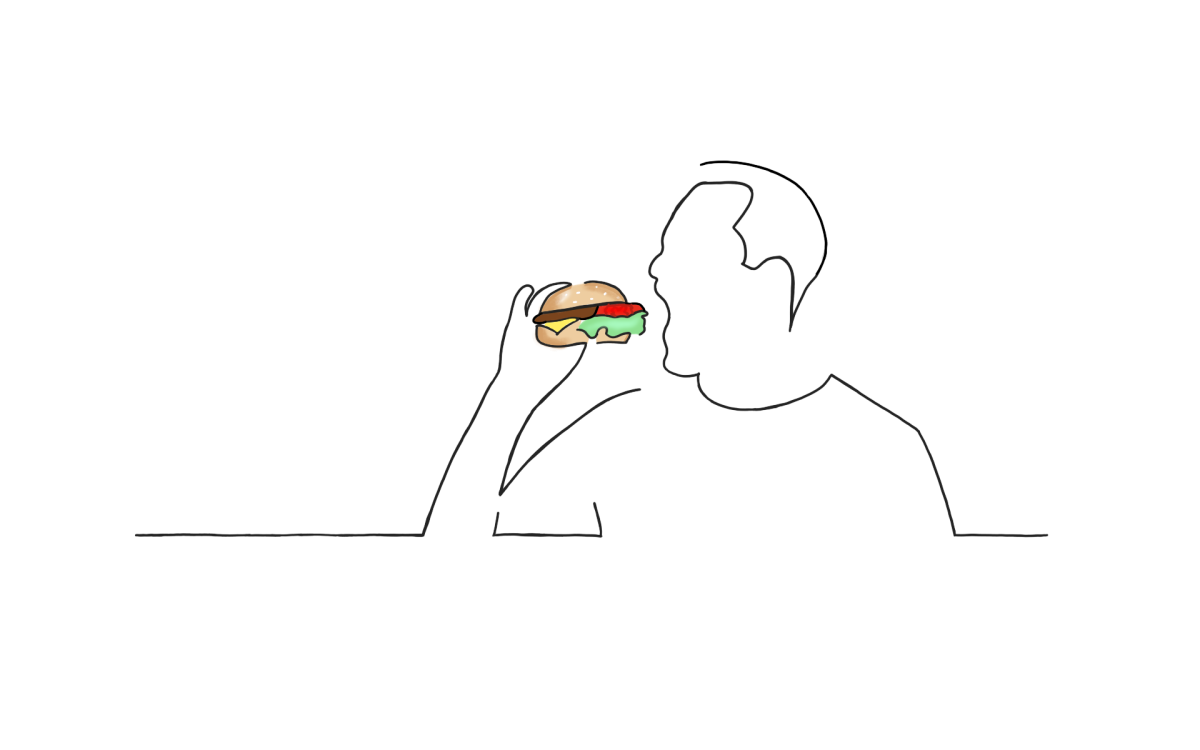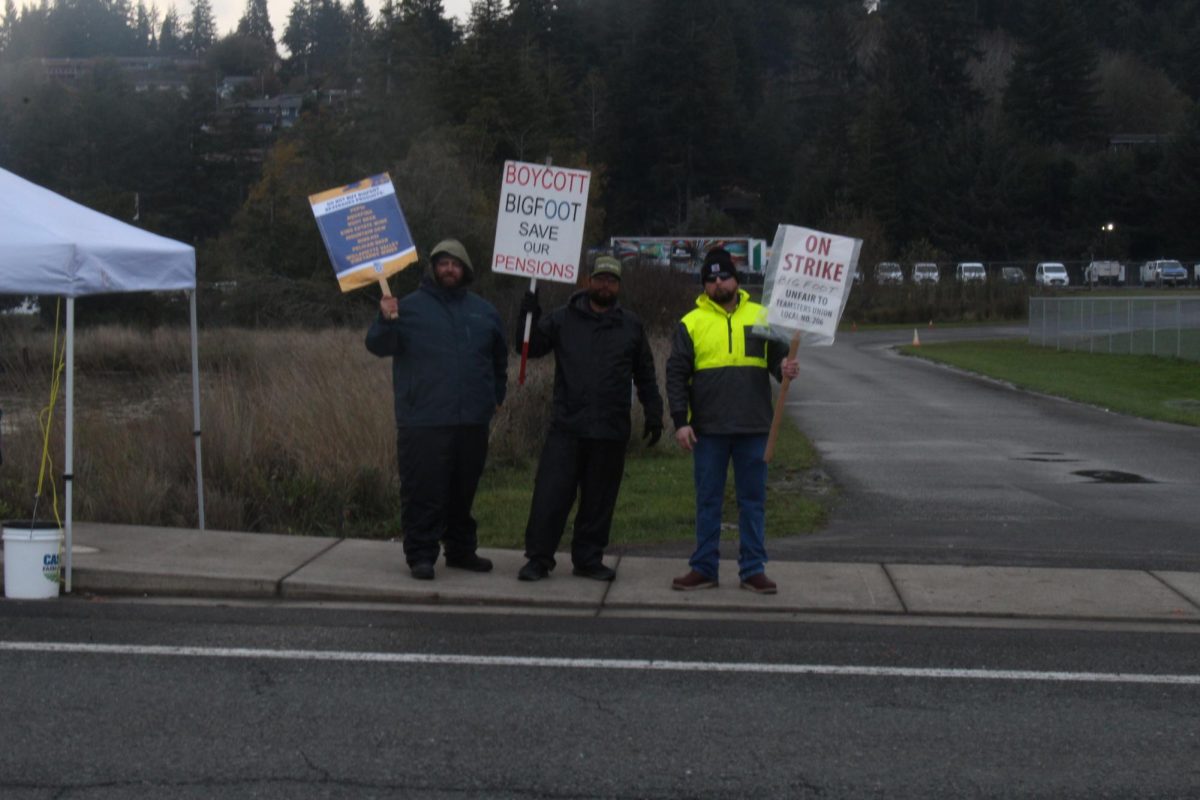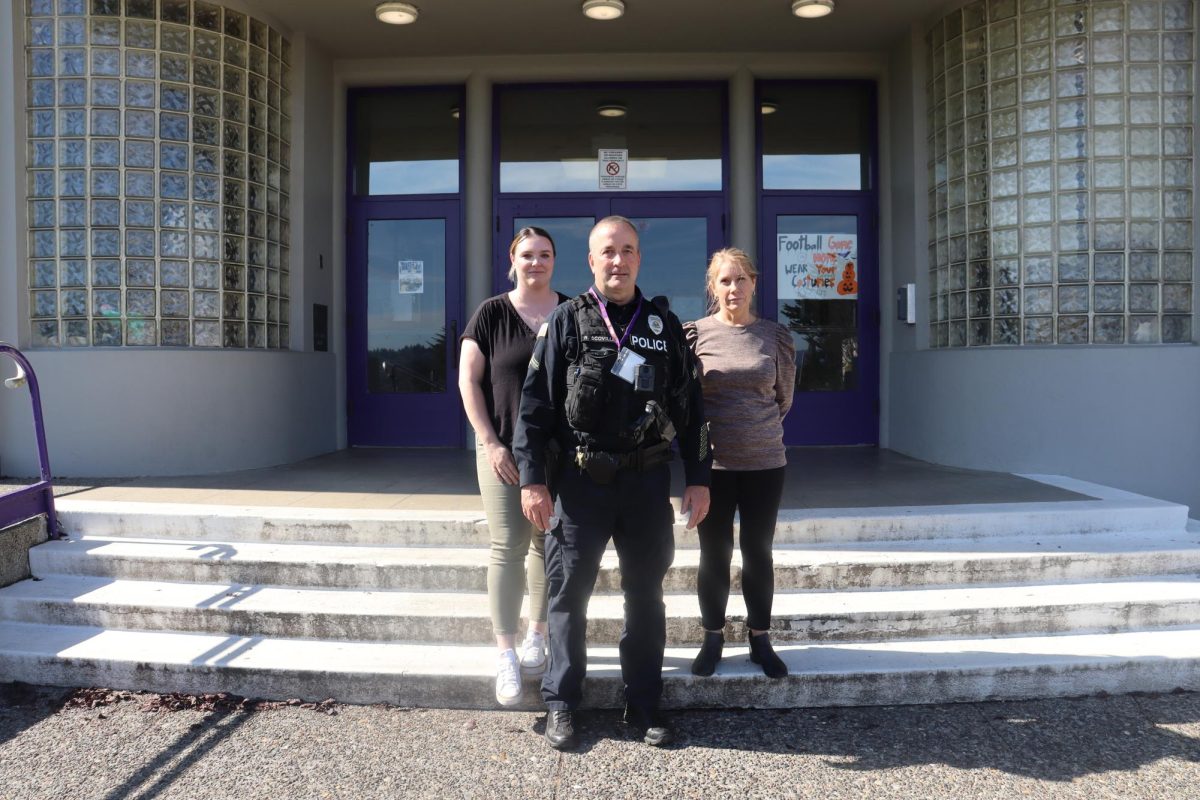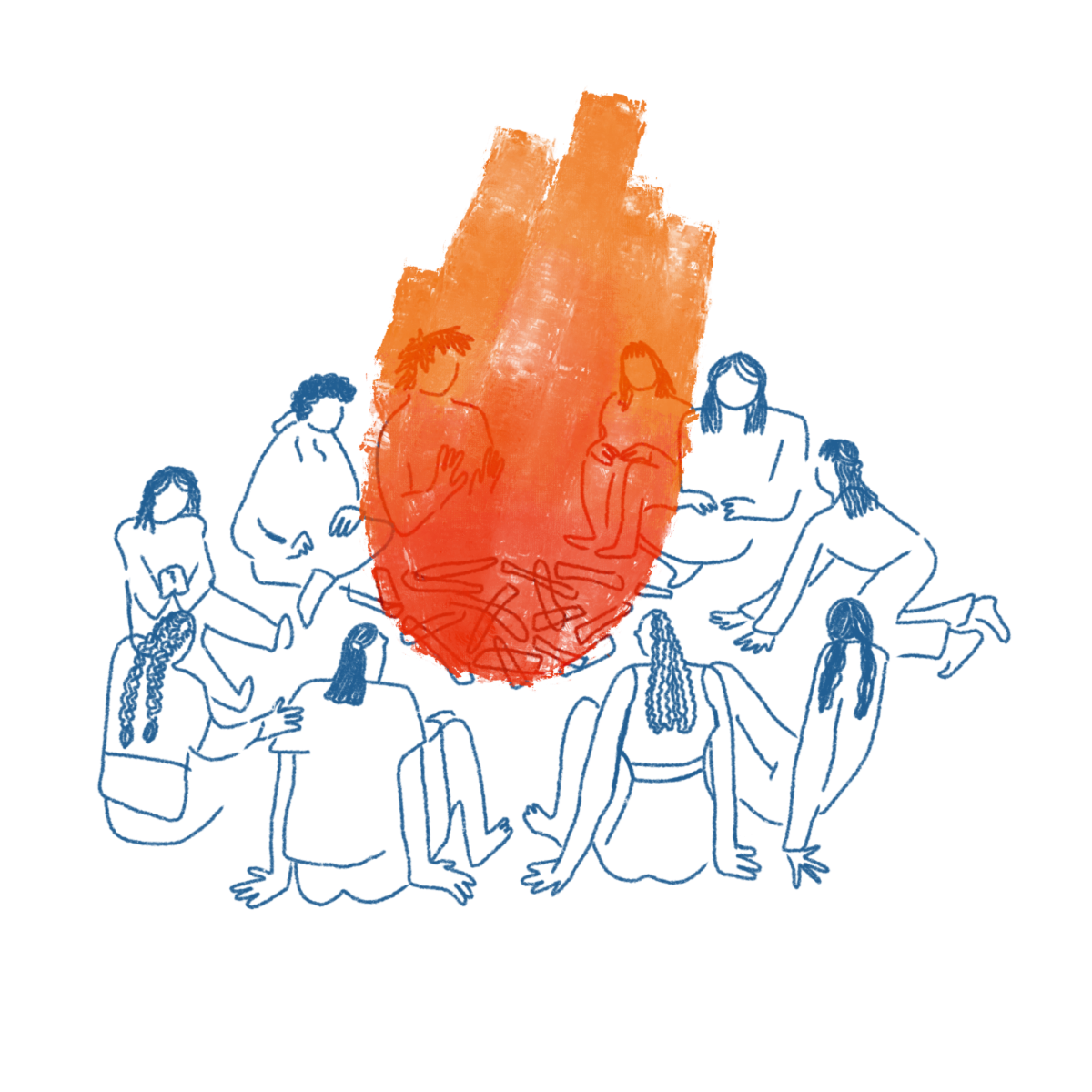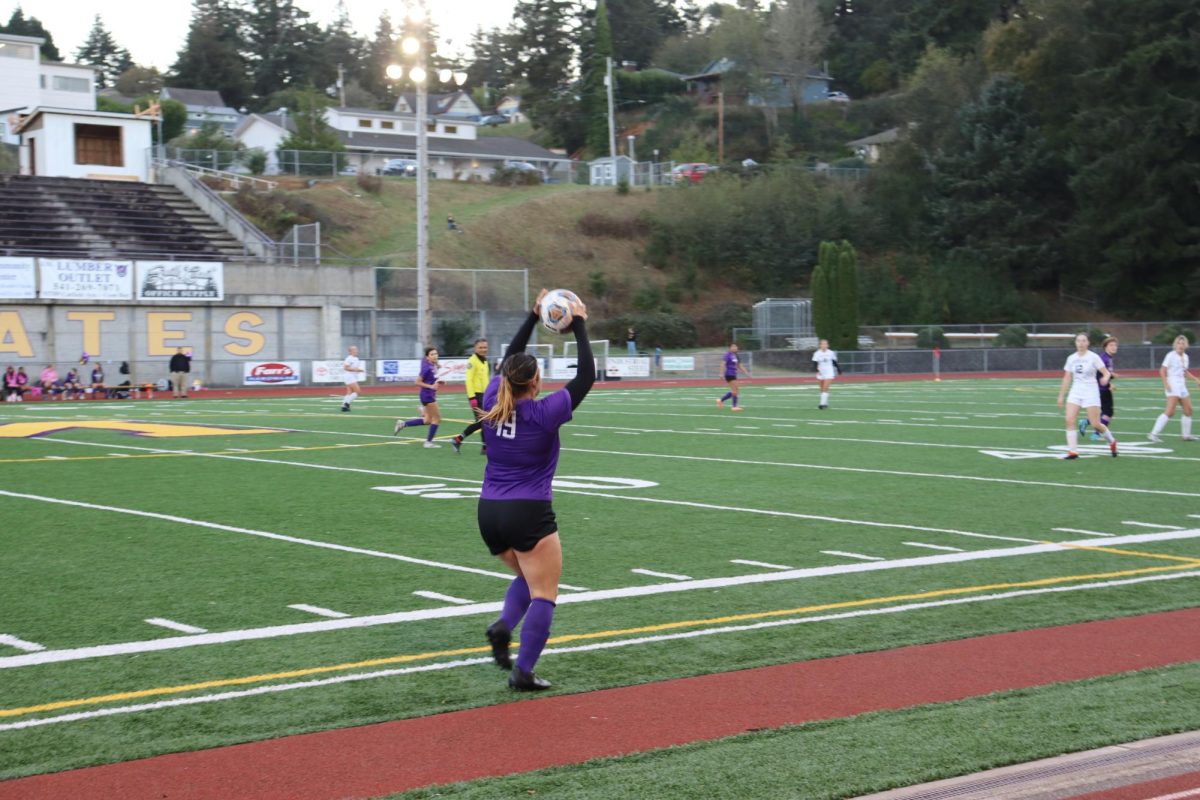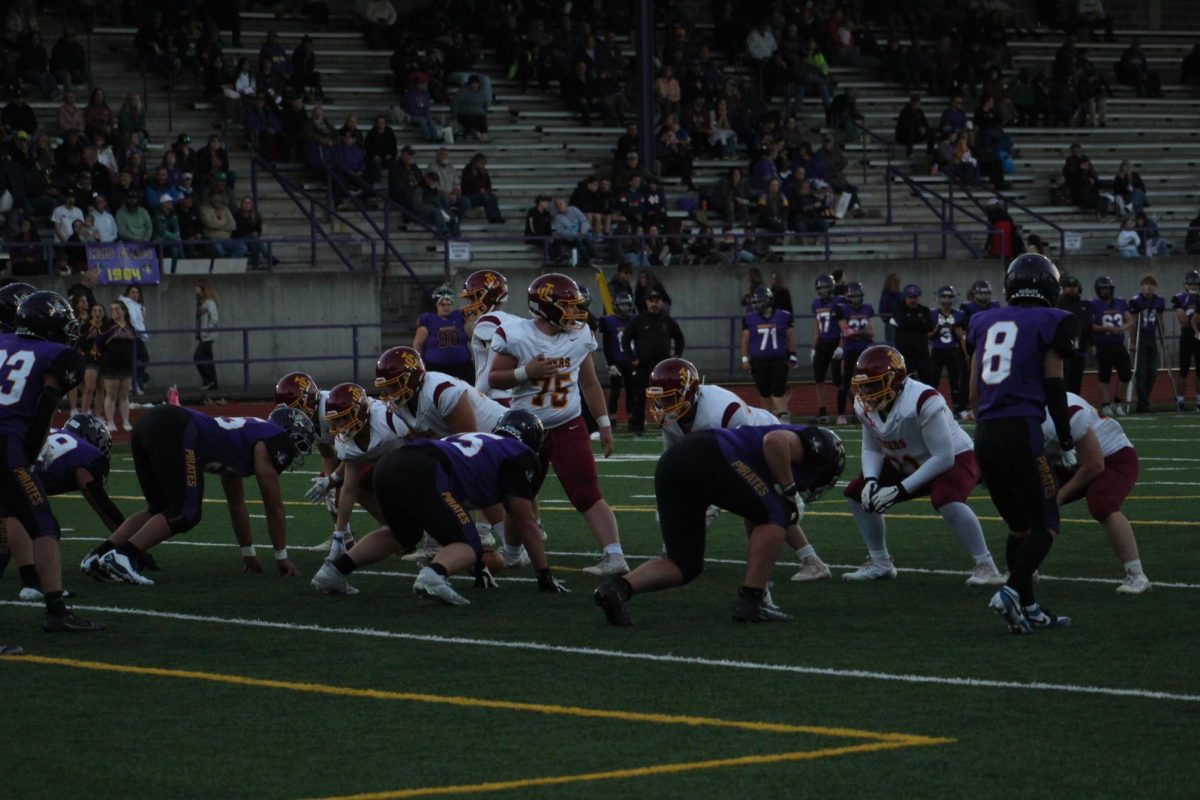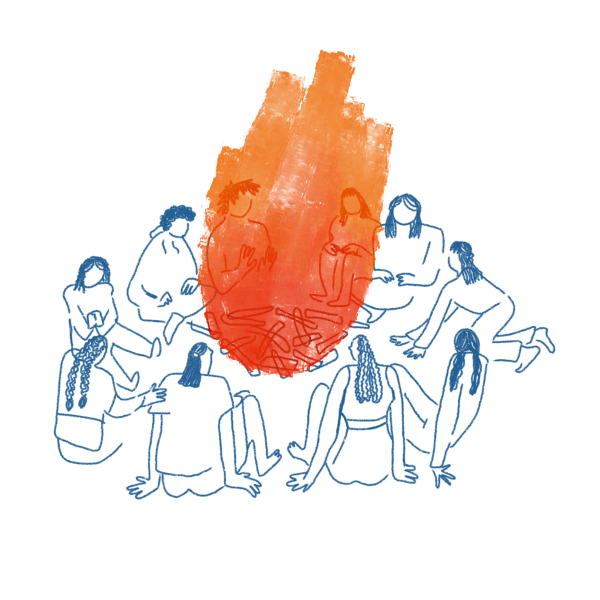Does the uterus hold the opinion?
Even though abortion is a medical procedure, it continues to be heavily debated. But why? Who is in charge of determining whose right is more important–the mother or the fetus? Why are women’s rights to autonomy consistently taken away from them?
On June 28, 2022, the Supreme Court of the U.S. overturned the historic 1973 Roe vs Wade judgment, which declared that abortion as a choice in the country. Overturning such a landmark case has made abortion unprotected as a constitutional right. Each of the 50 states can now determine, independently, whether or not they want to ban abortion and how to regulate it.
One could argue that the Supreme Court vote was highly prejudiced by the majority of male justices voting on the issue. Of nine justices appointed to the court, only 4 are female; 5 are male. All but one of the male Supreme Court justices voted to overturn Roe vs Wade; only one conservative female judge voted to overturn.
It begs the question: should men be allowed to make decisions that will logistically only affect a woman’s body? A man will never experience what it is like to be pregnant and give birth. How will abortion really influence them on a personal level?
If we look at abortion as a healthcare procedure instead of a government-regulated issue, then we would leave the choice between a woman and her healthcare provider. It would not be debated in the courts; after all, a woman’s body is not government property. But this viewpoint can be overly simplistic. There is one other person involved in this process–the unborn baby.
Regardless of any personal belief, abortion is a very complex topic to discuss. Giving birth is a very hard thing to do. While it can be wonderful for some, it is traumatic for others, complete with postpartum depression and lifelong health effects. It takes a strong person, and the same could be said about having an abortion. It is not a decision that is made easily or a rapid process. And there is a lot of misinformation about abortions–and even about giving birth.
Taking away abortion isn’t going to stop everyone from having an abortion–in reality, it will only stop safe access to such procedures. Some will still do everything in their power to proceed with an abortion, no matter what choices the courts have made. This will unfortunately lead women to seek out unsafe abortions.
If someone is forced to have a baby who is otherwise unwanted, the chances of that child having a good life are slim. The chances of that child ending up in foster care are great. Or, the child could be raised by someone who resents them because they never wanted them in the first place.
Since abortion is currently seen as a societal issue and its use is governed by the high courts of the U.S., we should not shy away from discussing it as a community. Such a complex matter should be continually discussed in order to find common ground. Obviously, abortion should not be abused, but the need for such procedures in today’s society also cannot be completely ignored.
In any case, if the government wants to take away access to safe abortions, they should increase resources that help single mothers and benefit young children. There is also a need for education. For example, sex education used today is outdated, and in some states it is optional to teach sex education in school. In some states, abstinence education is the only way sex is even addressed. Statistics show this is not an effective way to teach sex education, because states that only teach abstinence have higher teen pregnancy rates. Another necessary investment is more money into our foster care to make sure the children are safe in the system. Adoption is commonly used as a reason to not have an abortion, but placing a child into a broken or abusive system also seems contradictory to the child’s best interests.
The public debate over abortion in the U.S. is far from over. Laws prevailing over this complex issue have changed over the last 50 years, and will change again. The most important lesson to be learned here is to listen to each other–and to pay attention to women who are faced with these decisions in our society.
Your donation will support the student journalists of Marshfield High School. Your contribution will allow us to purchase equipment and cover our annual website hosting costs.


